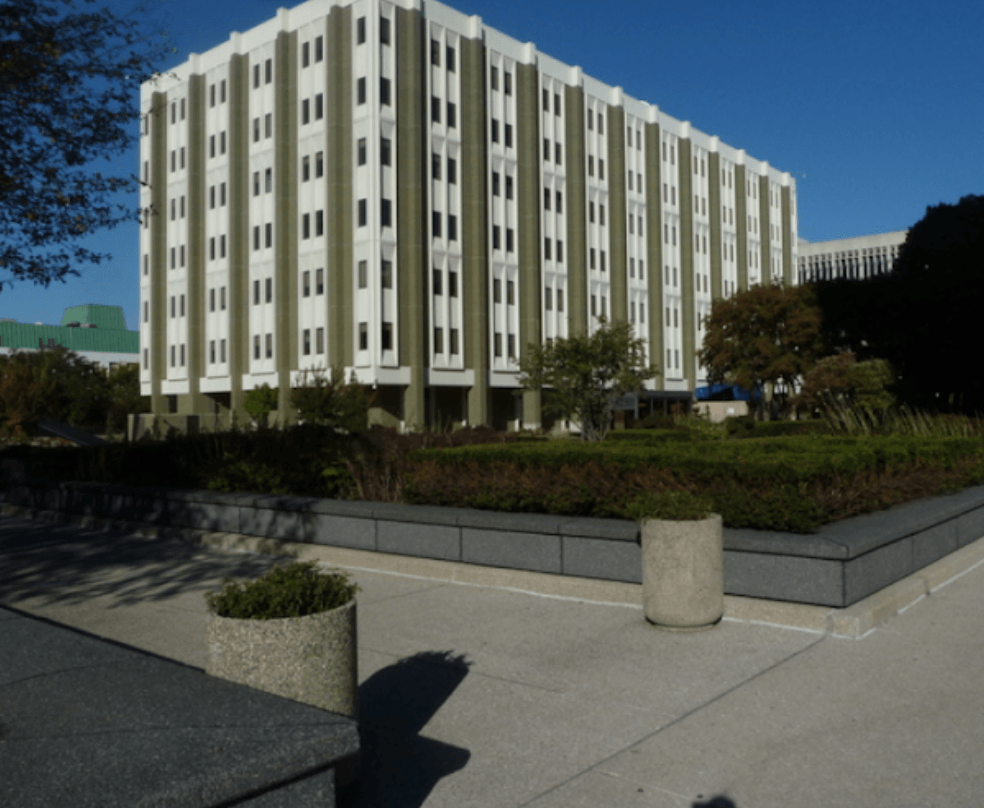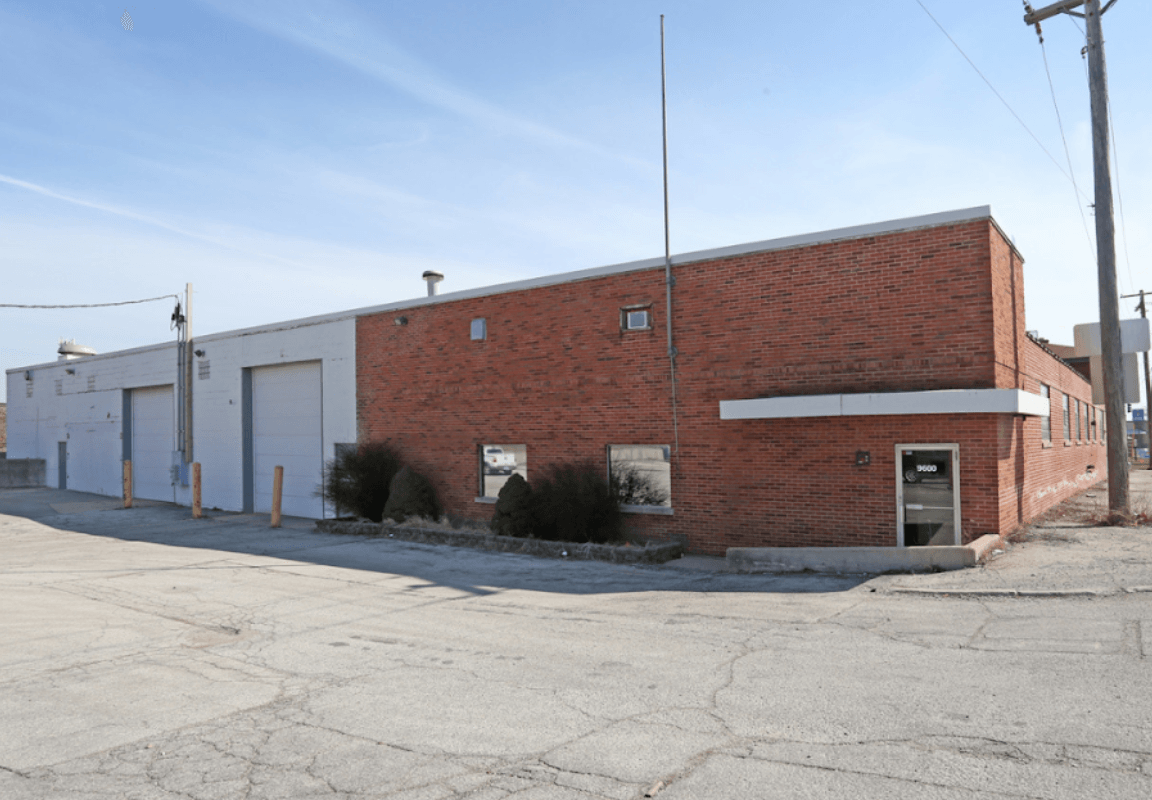
The subject of this project was five federal building campuses located in four states including Illinois, Minnesota, Michigan, and Ohio. The total amount of floor space surveyed was over 5,200,000 sq. ft. The campuses included: The Dirksen Federal Building, Chicago, Illinois The Celebrezze Building, Cleveland, Ohio The Ford Building, Grand Rapids, Michigan The Federal Office Building, Battle Creek, Michigan The Burger Federal Building, St. Paul, Minnesota The Whipple Federal Building, Snelling, Minnesota The Minneapolis Federal Building, Minneapolis, Minnesota Services: To gain access to the government buildings, ECG first had to clear a Homeland Security background investigation for each ECG staff member working on the project. During the survey, thousands of bulk samples of suspect asbestos-containing materials (ACMs) were collected and analyzed. The final report included an Asbestos Management Plan, CAD drawings for each building, showing the location of asbestos materials, and cost estimates for removal.

Due to a building construction problem, moisture had migrated into the perimeter walls of a building within a major hospital complex in downtown Chicago, Illinois. ECG was initially retained to assess the extent of moisture intrusion. ECG subsequently monitored the removal of moisture-impacted wall materials and performed air testing during and after wall removal activities. Services: ECG conducted a mold and moisture intrusion assessment of the subject building. The assessment was conducted to determine moisture levels and the extent of mold contamination. ECG used a digital meter to measure the moisture content of the perimeter walls. ECG also used thermal imaging, via an infrared camera, to identify potential areas of retained moisture. To assess airborne mold levels during and after wall removal activities, ECG used the spore trap method to collect mold samples. The analysis identifies mold down to the genus level. The samples were sent to a local laboratory accredited in environmental microbiology. This work was directed by an ECG Certified Industrial Hygienist (CIH).

The subject site is an irregular-shaped property approximately one acre in size. The site was developed in the early 1950s with the current one-story industrial building. The initial Phase I site assessment identified at least one leaking underground storage tank. Services ECG conducted soil and groundwater testing at several points at the site. The results showed significant concentrations of volatile organic compounds in both the soil and groundwater. In addition, the testing showed “free product” or pure chemical floating on top of the shallow groundwater. The area of free product was approximately 60 feet by 50 feet. To address the pure chemical layer on the groundwater, ECG installed five recovery wells to capture and remove the chemical. To address the soil contamination, ECG used a chemical “in-situ” remediation method utilizing chemical oxidation. ECG also removed four 10,000-gallon underground tanks. In December 2015, ECG completed final confirmation sampling at the property, approximately two years after the initial injections. ECG submitted the remediation report to the Illinois EPA and a “No Further Remediation” Letter was issued for the site.

